Recently, scientists from various institutions in Japan worked together on a study reported in the journal Science Advances.
What Is a Metal-Organic Framework (MOF)?
|
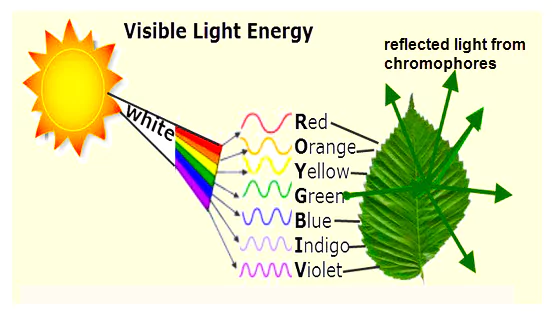
Spin
|
New Source: Thehindu
| Must Read | |
| NCERT Notes For UPSC | UPSC Daily Current Affairs |
| UPSC Blogs | UPSC Daily Editorials |
| Daily Current Affairs Quiz | Daily Main Answer Writing |
| UPSC Mains Previous Year Papers | UPSC Test Series 2024 |
A Memorandum of understanding (MOU) is signed for anaemia control among adolescent girls through Ayurvedic interventions under Mission Utkarsh.
Mission Utkarsh
Anaemia
|
|---|
News source: PIB
| Must Read | |
| NCERT Notes For UPSC | UPSC Daily Current Affairs |
| UPSC Blogs | UPSC Daily Editorials |
| Daily Current Affairs Quiz | Daily Main Answer Writing |
| UPSC Mains Previous Year Papers | UPSC Test Series 2024 |
The Indian Supreme Court has instructed the central government to review the issue of granting permanent commission to eligible women short-service commission officers of the force.
Indian Coast Guard (ICG)
|
News Source: Thehindu
| Must Read | |
| NCERT Notes For UPSC | UPSC Daily Current Affairs |
| UPSC Blogs | UPSC Daily Editorials |
| Daily Current Affairs Quiz | Daily Main Answer Writing |
| UPSC Mains Previous Year Papers | UPSC Test Series 2024 |
Recently, Researchers from BRIC-THSTI Faridabad and IIT Madras have developed an India-specific model to determine the age of a foetus in a pregnant woman in the second and third trimesters precisely.
Garbhini-GA2 is a polynomial regression computer model, developed using the genetic algorithm-based method (using data from the GARBH-Ini study, which focused on pregnant women in North India).
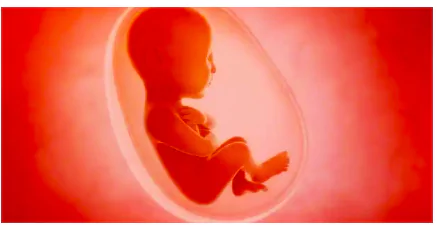
Currently, doctors rely on formulas designed for Western populations to estimate the age of Indian fetuses, but these formulas become less reliable as the pregnancy progresses due to variations in growth patterns between Indian and Western babies.
Gestational Age
Neonatal Mortality Rate
Infant Mortality Rate
Child Mortality Rate
Under 5 Mortality Rate
Maternal Mortality Rate (MMR)
|
|---|
News Source: The Hindu
| Must Read | |
| NCERT Notes For UPSC | UPSC Daily Current Affairs |
| UPSC Blogs | UPSC Daily Editorials |
| Daily Current Affairs Quiz | Daily Main Answer Writing |
| UPSC Mains Previous Year Papers | UPSC Test Series 2024 |
Every four years, a significant event occurs in the world of Bitcoin known as “Bitcoin halving” and the next Bitcoin Halving is due to take place around April this year.
About Blockchain Technology
About Bitcoin
|
|---|
Bitcoin halving serves as a critical component of its monetary policy, its implications extend far beyond the reduction of miner rewards, offering insights into the evolution of the cryptocurrency landscape. Understanding these nuances is essential for navigating the complexities of Bitcoin and deciphering its future path.
News Source: The Hindu
| Must Read | |
| NCERT Notes For UPSC | UPSC Daily Current Affairs |
| UPSC Blogs | UPSC Daily Editorials |
| Daily Current Affairs Quiz | Daily Main Answer Writing |
| UPSC Mains Previous Year Papers | UPSC Test Series 2024 |
This article is based on the news “How the nod to critical pesticides will bolster India’s agricultural progress” which was published in the live mint. The Agriculture and Farmers Welfare Ministry decided to continue with the use of 24 critical pesticides.
| Relevancy for Prelims: Agricultural Development, Chemical Fertilizers, Sulphur Coated Urea (Urea Gold), Liquid Nano Urea, and Agriculture Export Policy Of India.
Relevancy for Mains: Management of Pesticide in India: Status, Benefits, Issues, Regulations, and Way Forward. |
|---|
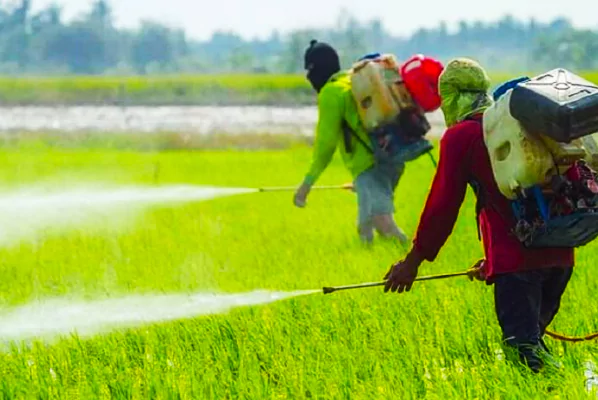
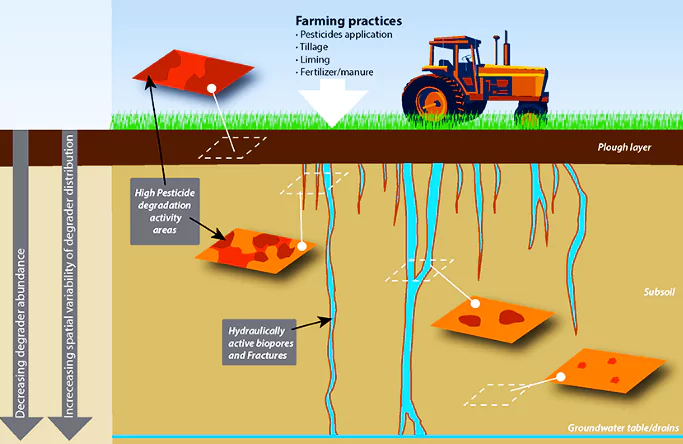 Farmers are exposed to pesticide-contaminated soils via different pathways such as dermal contact, direct ingestion, and inhalation.
Farmers are exposed to pesticide-contaminated soils via different pathways such as dermal contact, direct ingestion, and inhalation.Pesticides are regulated in India through the Insecticides Act 1968 and Insecticides Rules 1971.
Pesticide Management Bill, 2020
|
|---|
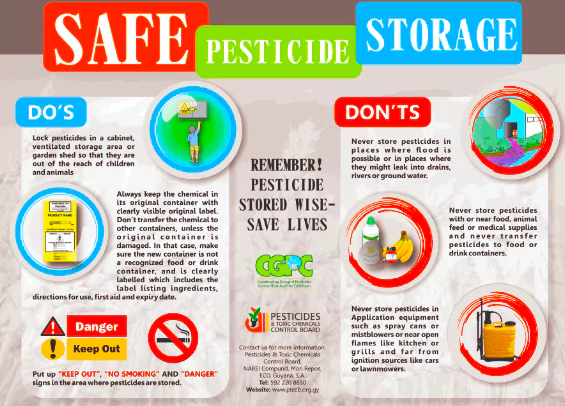
| Prelims PYQ (2021):
In the context of India’s preparation for ClimateSmart Agriculture, consider the following statements: 1. The ‘Climate-Smart Village’ approach in India is a part of a project led by the Climate Change, Agriculture and Food Security (CCAFS), an international research programme. 2. The project of CCAFS is carried out under Consultative Group on International Agricultural Research (CGIAR) headquartered in France. 3. The International Crops Research Institute for the Semi-Arid Tropics (ICRISAT) in India is one of the CGIAR’s research centres. Which of the statements given above are correct? (a) 1 and 2 only (b) 2 and 3 only (c) 1 and 3 only (d) 1, 2 and 3 Ans: (d) |
|---|
| Must Read | |
| NCERT Notes For UPSC | UPSC Daily Current Affairs |
| UPSC Blogs | UPSC Daily Editorials |
| Daily Current Affairs Quiz | Daily Main Answer Writing |
| UPSC Mains Previous Year Papers | UPSC Test Series 2024 |
This article is based on the news “Express View on government’s new grain storage plan: More in store” which was published in the Indian Express. Recently, the Indian Prime Minister launched the “World’s Largest Grain Storage Plan in the Cooperative Sector”.
| Relevancy for Prelims: Food Security, KALIA Scheme, State Of Food And Agriculture Report 2023, Food Subsidy, and Minimum Support Price (MSP).
Relevancy for Mains: Grain Storage Plan in Cooperative Sector: Need, Significance, Challenges, and Way Forward. |
|---|
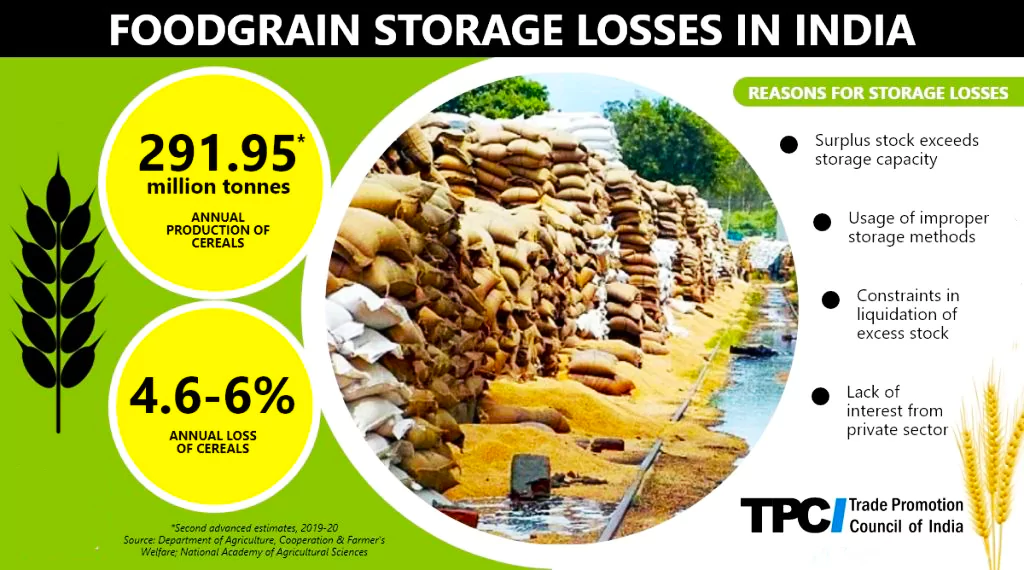
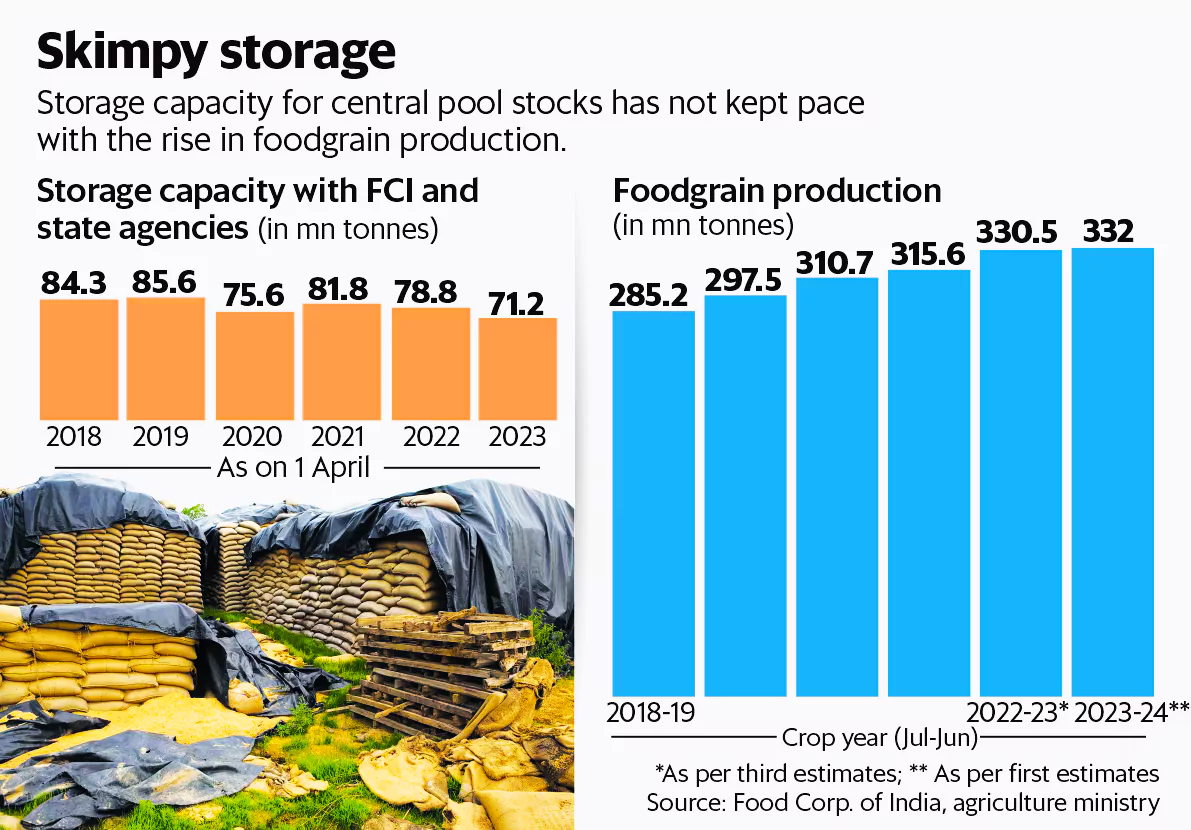 Shortage of Storage: Based on the FAO Statistical Data 2021, total Food Grain Production in India is 311 MMT and total Storage Capacity in India is only 145 MMT, i.e., a shortage of 166 MMT of Storage.
Shortage of Storage: Based on the FAO Statistical Data 2021, total Food Grain Production in India is 311 MMT and total Storage Capacity in India is only 145 MMT, i.e., a shortage of 166 MMT of Storage. It is India’s ambitious plan in the cooperative sector that is poised to revolutionise agriculture and the Fast-moving consumer goods (FMCG) industry.
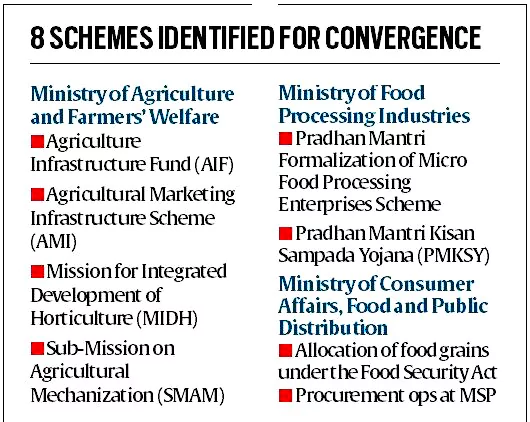
Why is the PACS Network Chosen for the New Plan?
About Primary Agricultural Credit Societies (PACS)
Initiatives to Address Food Grain Shortage:
About National Food Security Act (NFSA)
|
|---|
As India works towards achieving its global commitments and fostering sustainable agricultural practices, the storage capacity expansion plan is a shining example of India’s dedication to economic growth, food security, and rural development.
| Prelims PYQ (2021):
In the context of India’s preparation for ClimateSmart Agriculture, consider the following statements: 1. The ‘Climate-Smart Village’ approach in India is a part of a project led by the Climate Change, Agriculture and Food Security (CCAFS), an international research programme. 2. The project of CCAFS is carried out under Consultative Group on International Agricultural Research (CGIAR) headquartered in France. 3. The International Crops Research Institute for the Semi-Arid Tropics (ICRISAT) in India is one of the CGIAR’s research centres. Which of the statements given above are correct? (a) 1 and 2 only (b) 2 and 3 only (c) 1 and 3 only (d) 1, 2 and 3 Ans: (d) |
|---|
| Must Read | |
| NCERT Notes For UPSC | UPSC Daily Current Affairs |
| UPSC Blogs | UPSC Daily Editorials |
| Daily Current Affairs Quiz | Daily Main Answer Writing |
| UPSC Mains Previous Year Papers | UPSC Test Series 2024 |
Union Cabinet Approves National Sports Policy 2025...
What are Altermagnets? A Breakthrough in Magnetism...
India’s 7-Point Strategy for Sustainable Gro...
Cabinet Approves Employment Linked Incentive Schem...
INS Udaygiri Delivered Under Project 17A to Indian...
SC Issues Implemented Reservation Roster for SC/ST...
<div class="new-fform">
</div>